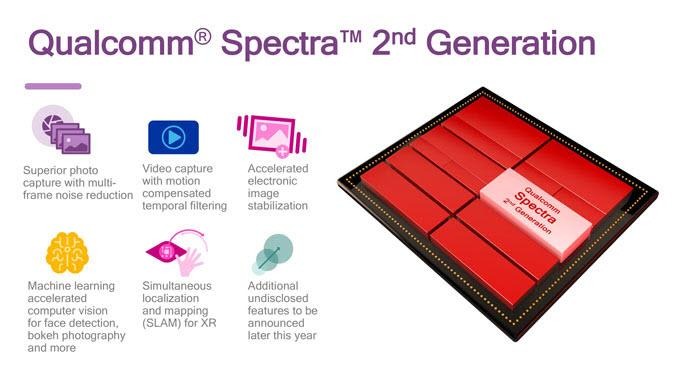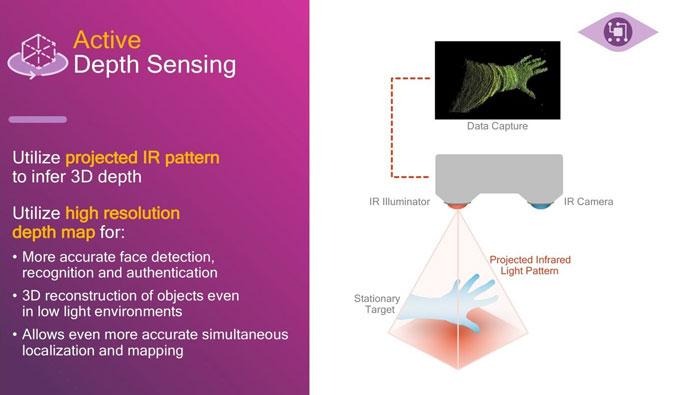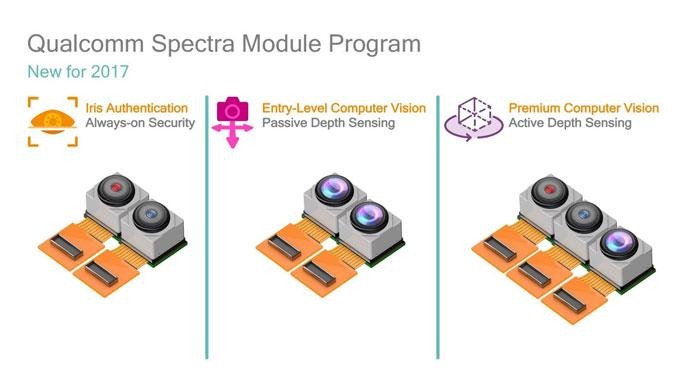Qualcomm Just Opened The AR Floodgates For Android
Right this minute the biggest names in smartphones are speeding toward the next "big thing" in mobile devices: Augmented Reality. Qualcomm is the latest company to make a public showing of their efforts with what they call "Qualcomm Spectra ISP, 2nd Generation." That' ISB as in Image Signal Processor, this paving the way for high-powered smartphone cameras that can do things we've never seen before.
Spectra 2nd gen, AR for Androids
I should be a bit more clear when I say "never seen before" because some of this has appeared in other markets – like video game consoles. Think Xbox Kinect – but jammed into a smartphone camera chip. The 2nd-gen Qualcomm Spectra ISP improves image quality, camera speed, and for the first time includes depth sensing.
NOTE: When I say Androids, I'm speaking in a general sense. Qualcomm technology exists in many different types of devices, but dominates the world of Android smartphones here in 2017.

Qualcomm suggests that this technology will allow smartphones to sense depth from their camera in high resolution with high accuracy. Both of these elements are accomplished with what Qualcomm describes as "very low-power". That's particularly important when smartphones have standard sized batteries – especially if they're made to be everyday personal-use devices, too.

2nd-gen Qualcomm Spectra ISP Features per Qualcomm:
• Superior photographic quality with multi-frame noise reduction and super resolution
• Improved camcorder video quality with motion compensated temporal filtering (MCTF)
• Inline gyro-based electronic image stabilization (EIS) to reduce unwanted vibrations when recording videos
• Machine learning accelerated computer vision for advanced used cases like face detection and improved bokeh photography
• Accurate simultaneous localization and mapping (SLAM) for XR use cases
XR stands for Extended Reality – another term that describes the many ways in which we're augmenting reality with devices with displays. Another way to say this is Mixed Reality – there's also Augmented Reality and Virtual Reality.
Modules to bring AR to all
The Spectra Module Program has been running for around a year for both single and dual-camera devices. This program allows smartphone manufacturers to use Qualcomm's technology to make devices with high-quality cameras faster. Fast than if they'd have to have done the integration and development of separate modules themselves – Qualcomm streamlines.

The new modules this year have active sensing for improved biometric authentication – with iris authentication, for example. Your eyes will be scanned by your smartphone sooner than you think. Samsung isn't the only one with the ability to make this happen.
Modules will offer "entry-level computer vision" – making it inexpensive for manufacturers to integrate passive depth sensing. That means easier scanning of the whole world, with tiny power requirements. Qualcomm also hits the other end of the spectrum with Premium Computer Vision with active depth sensing – for the higher-end smartphones coming next year, more than likely.
With this premium module, the smartphone will be able to create "incredibly accurate" depth maps – as shown in the video above. With this premium module, depth maps will contain "over 10,000 points of depth" and will be able to detect the tiniest of changes in depth: as small as .1mm apart.
Expect these bits and pieces to make their way into Android smartphones within the next few months, made for release either late this year (unlikely) or early next year (quite likely). The dawn of the depth sensing smartphone is here.
